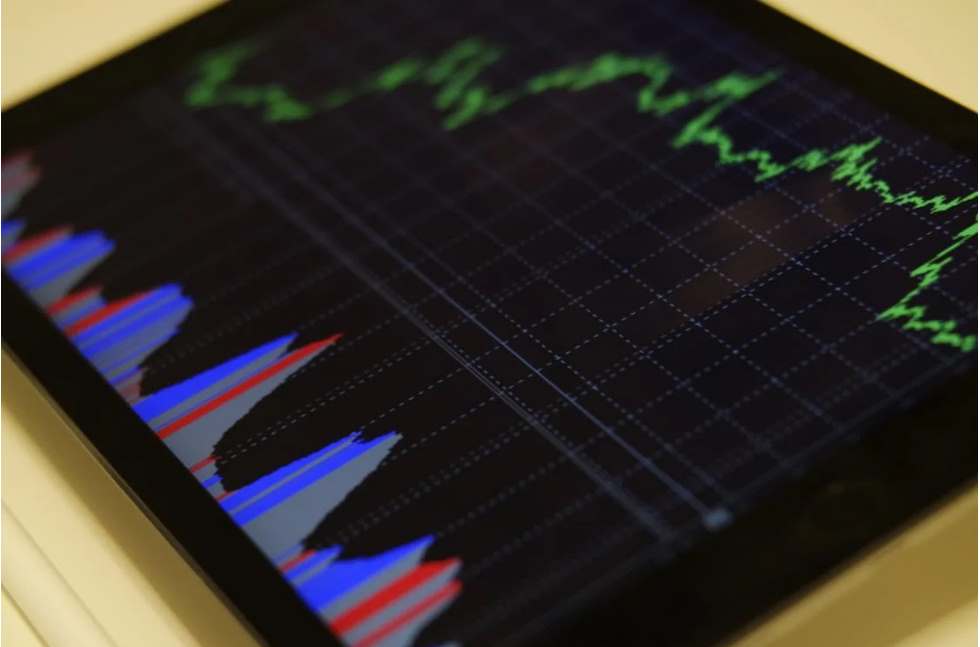On July 8th this year, traders knew Hurricane Beryl was due to arrive in Texas – the source of 42% of America’s crude oil production. They also knew that Canadian wildfires were threatening production up north. These forces acted bullishly on oil prices because, whenever supply is threatened (or, at least, people believe it is), prices tend to go up.
Oil prices that day, however, ended up immobile for the most part since traders were aware of the economic ditch in which China was situated, not to mention the potential for a recession in the US. Both of these factors were oil bearish. The overall result, in Bloomberg’s words, was that “The push and pull has limited the number of big moves in prices”, leaving them fairly stable at the end.
Participants in the oil market know that prices are driven skyward or groundward by supply and demand. Much of the discussion of economists concentrates on the task of assessing which real world factors are likely to influence supply and demand with the most force. As we saw above, natural disasters are one thing that can restrain supply, but other things can do so with more consistency, for instance OPEC+ (the Organization of Petroleum Exporting Countries), who deliberately hold back supplies in order to boost prices.
On the demand side, when the economic outlook is robust, the effect on prices is bullish. After all, if manufacturers are going to be churning out lots of products for consumers who can afford to buy them, they will need plenty of fuel to keep their factories going. And that comes from crude oil, ultimately. When, on the other hand, an economic powerhouse like China seems under the weather (as in July 2024), this means thousands of people (in China) will be consuming less and is bearish for the oil demand picture.
Because the factors that move oil prices are so complex, and because oil is so heavily impacted by news events of various kinds, it’s wise to invest in crude oil with prudence. Join us as we take you on a quick tour of the methods available to you. Firstly, though, we’ll say a quick word about the oil market.
Spot and Futures Contracts
The spot oil contract refers to the current market price for crude oil. The futures contract tells you the price traders are paying for oil to be delivered at a set date in the future. There’s no fixed relationship between the two contracts, so either could be valued higher at a given moment. When traders are willing to pay more for future-delivered oil than spot oil, we say the market is in contango. This means the sentiment among oil traders is bullish because they’re expecting prices to rise. In times when oil futures are trading lower than spot oil, it’s called a market in backwardation.
An example of an oil market in backwardation occurred in March 2022, soon after Russia invaded Ukraine and President Joe Biden announced he was going to ban Russian fuel imports. Spot oil prices skyrocketed above $123 a barrel due to the implied supply risk. Because people expected prices in the future to be a lot lower than these exaggerated ones, futures contracts were cheaper than spot contracts.
Investing in the Oil Benchmarks
The benchmark contract for oil futures in the United States is West Texas Intermediate (WTI), while the European benchmark is called North Sea Brent Crude. Oil market participants all around the globe keep an eye on these two contracts, trading in them by various means. One way is through derivate financial instruments like options and futures. Retail traders may do this, but so may large firms whose bottom lines depends on affordable fuel prices, like shipping companies.
Alternatively, you could invest in oil ETFs, which are funds that invest in the oil industry in one way or another – whether it’s in drilling, refining, or selling the stuff – but they also may hold derivatives contracts on the commodity itself. ETFs are traded just like stocks and enjoy a high liquidity level, meaning they’re straightforward to sell and buy when the need arises.
Another method of trading in crude oil is facilitated by CFD trading platforms. When you open an account with a CFD brokerage, you can use their platform to speculate on changes in oil prices, whether bearish or bullish, with a high degree of efficiency. In particular, you can set your own deal size and stop loss orders; examine price trends with candlestick charts; and receive live market rates and news directly on your smartphone. As to the instruments you can trade, these could include the raw commodity (among other commodities like copper, cotton, or wheat), or the shares of oil-related firms, or even oil ETFs.
When you invest in crude oil in the form of CFDs, you also enjoy the power of leverage – a tool that magnifies your deal size exponentially. For instance, taking advantage of 400:1 leverage, and presuming your trading account holds $2,000, you could open a “buy” deal on oil worth $800,000 (400 times $2,000). Then, a 2% hike in oil prices would yield you, not $40 (2% of $2,000), but $16,000 (2% of $800,000). Since leverage is made possible through borrowing money from your brokerage, it can also increase your losses when the market goes against you. This means leverage should be used with caution.
Signing Off
As you set off on your journey into the oil market, make sure to read lots of financial news articles from respected sources on the topic. The oil industry is a very exciting one, underpinning all the world’s economies and indirectly producing many of the items that make our daily lives what they are, from gasoline to plastics to make-up.
If you’d like to read more about what a CFD trading platform can offer you in terms of trading tools and features, charting capabilities, and educational sources, why not pay a visit to the iFOREX website? iFOREX have been in the online trading business for over two decades, using that time to finetune their app in consultation with professional traders to a high level of perfection.









